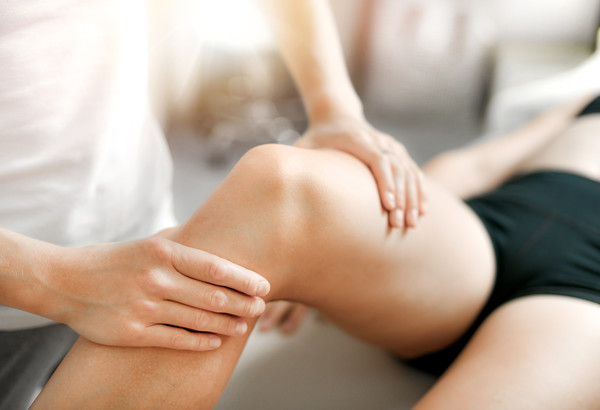Instrument Assisted Soft Tissue Mobilization


Instrument assisted soft tissue mobilization (IASTM) is a treatment used to treat myofascial restrictions. IASTM is applied using specially designed instruments to mobilize soft tissue to decrease pain, improve range of motion, and restore function. The instrument’s design and contour provide the therapist with the ability to locate restrictions and allows the therapists to treat the affected area with the appropriate amount of pressure. One example of IASTM is called the Graston Technique, which utilizes specific tools depending on the tissue treated and desired effect. However, there have been many other unique pursuits, knowledge tracks, or techniques that have grown underneath the umbrella term Instrument assisted soft tissue mobilization.
What is the treatment?
IASTM is an intervention that is used by specially trained therapists to treat various soft tissue ailments. It is a skill that includes the use of specialized tools on myofascia, muscles, tendons, and skin.
How is it performed?
The instruments that are used with this form of mobilization come in various shapes and sizes, but in general are made of stainless steel with beveled edges and curves that conform closely to the body’s natural anatomy. The size of the instrument depends upon what body part is being treated, but most are between four to six inches long. The shape of the instruments helps to allow the treatment to be completed without any significant pain to the patient. The therapist applies varying levels of force while using the instruments to allow for deeper penetration than can be achieved by their hands. A properly trained therapist can detect tissue abnormalities as the instrument glides along the treatment area which allows for more effective outcomes
IASTM is generally used in combination with other treatments during the same session to allow for maximum outcomes. The portion of the session that uses IASTM can generally be completed within five to ten minutes, which allows for other treatments to be performed during the same session. These treatments may include moist heat, electric stimulation, stretching, or strengthening exercises.
What are the benefits?
IASTM has several theories on its origin, but the most common one is that it has evolved from a traditional Chinese treatment known as Gua sha, which used instruments to scrape the skin. Clinicians that used Gua sha believed that the technique would remove bad chi through the skin. Evidence shows that IASTM improves blood flow and breaks up scar tissue in an injured area which helps deliver the body’s healing properties which speeds up recovery times. As the tissue recovers, the therapist works to restore normal movement patterns which helps prevent the injury and pain from returning. A patient will likely experience improved range of motion, strength, and a reduction in pain following a treatment session where IASTM is used. Another advantage to the patient is that IASTM can accelerate healing times and decrease the number of treatment sessions needed.
What can IASTM be used to treat?
IASTM is used to treat a wide variety of common ailments. These include:
- Plantar fasciitis
- Muscle spasms
- Muscle strains
- Prevention of scar tissue formation following surgeries
- Tendonitis/Tendinosis injuries
- Athletic injuries
- Tennis Elbow
- Fibromyalgia
- Chronic pain
- ITB syndrome
- Non-acute bursitis
- Achilles Tendonitis
For further information regarding IASTM and to find out if this treatment is appropriate for you, please reach out to one of our therapists who will be happy to discuss this option with you.

